A fireplace is often considered the heart of the home, providing warmth, coziness, and a focal point for gatherings. If you have a brick fireplace that no longer matches your style or aesthetic preferences, replacing it with stone can breathe new life into your space. Let’s discuss the benefits of replacing a brick fireplace with stone, discuss the selection process for the right stone, provide a step-by-step guide for the transformation, highlight the aesthetic enhancements, and delve into the cost and return on investment of this upgrade.
The Benefits of Replacing a Brick Fireplace with Stone
- Enhanced Visual Appeal: Stone fireplaces exude elegance and sophistication. By replacing a brick fireplace with stone, you can instantly elevate the visual appeal of your space, adding a touch of timeless beauty.
- Versatile Design Options: Stone offers a wide range of design options to suit various styles, from classic and traditional to modern and contemporary. Whether you prefer sleek and smooth surfaces or rustic, textured finishes, there is a stone type that can match your vision.
- Increased Durability: While brick fireplaces are sturdy, stone fireplaces are even more durable. Stone is resistant to heat, making it an excellent choice for a fireplace surround that can withstand the high temperatures generated by a fire. It is also less prone to cracking or fading over time.
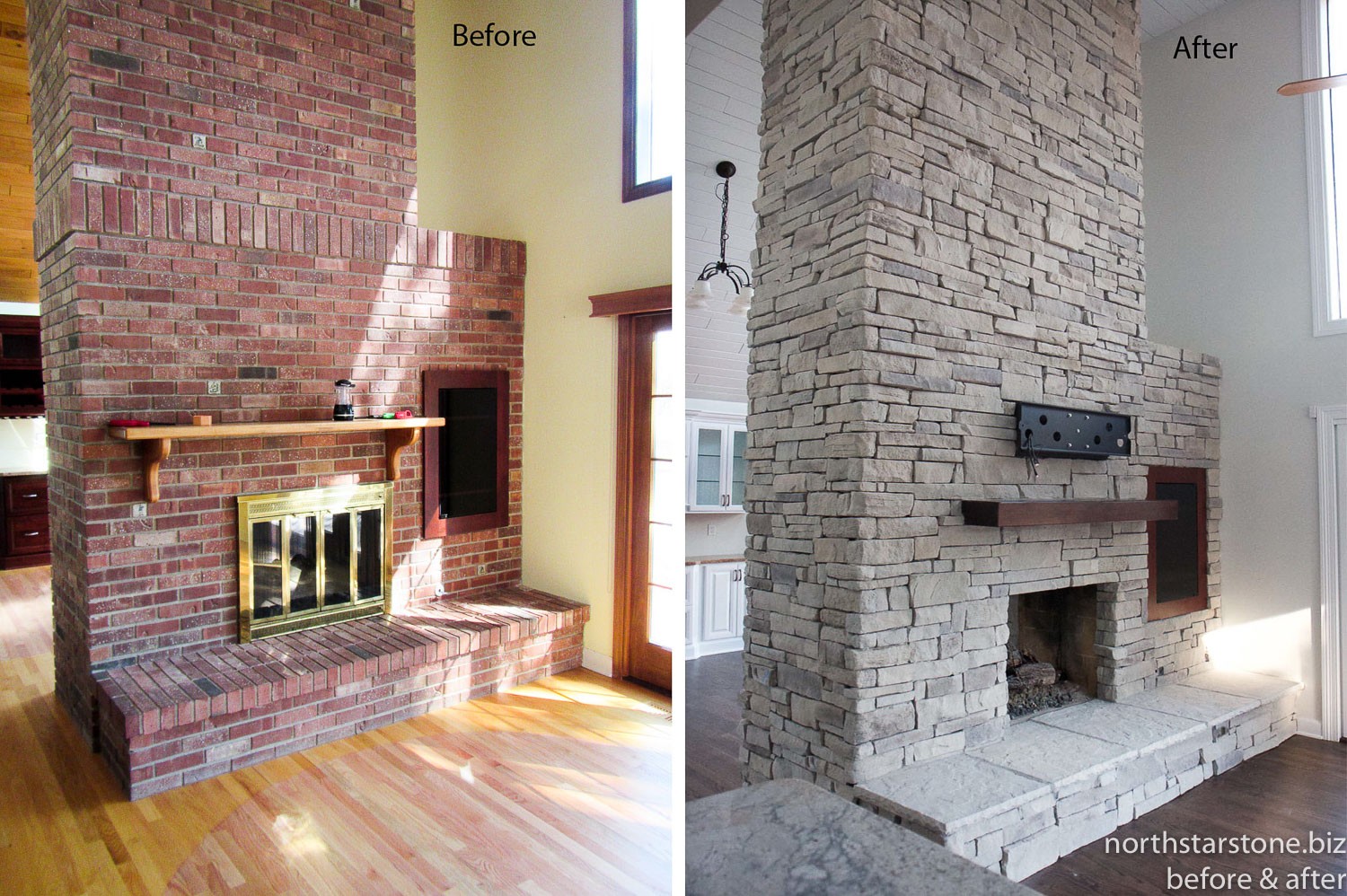
Choosing the Right Stone for Your Fireplace Transformation
Consider the Style: Determine the overall style you want to achieve. For a more traditional look, consider natural stones like granite or limestone. If you prefer a contemporary aesthetic, sleek and polished stone like marble or travertine might be more suitable.
Evaluate Color and Texture: Take into account the color scheme and texture of your existing space. Opt for stones that complement or contrast with the surrounding elements. Earthy tones can create a warm and inviting ambiance, while bold colors can make a statement.
Assess Practicality: Consider maintenance requirements and the suitability of the stone for a fireplace. Some stones are more porous and may require sealing to prevent staining or water damage, while others are naturally resistant to moisture.

Step-by-Step Guide to Replacing Your Brick Fireplace with Stone
-
Preparation: Start by removing any loose bricks or debris from the existing fireplace. Ensure the area is clean and free of obstructions. Turn off the gas supply and disconnect any electrical connections if necessary.
-
Measurements and Planning: Take precise measurements of the fireplace dimensions and determine the amount of stone required. Plan the layout and design, considering the symmetry and balance of the stone installation.
-
Demolition: Carefully remove the brick surround, taking caution to avoid damaging the surrounding walls or hearth. Use appropriate tools and techniques to safely dismantle the brickwork.
-
Installation: Apply a suitable adhesive or mortar to attach the stone pieces to the fireplace structure. Follow the manufacturer’s instructions for the specific type of stone you have chosen. Ensure the stones are level and properly aligned.
-
Finishing Touches: Fill any gaps or joints between the stones with grout or mortar. Clean the surface of the stones to remove any excess adhesive or grout. Allow the installation to dry and cure according to the recommended timeframe.
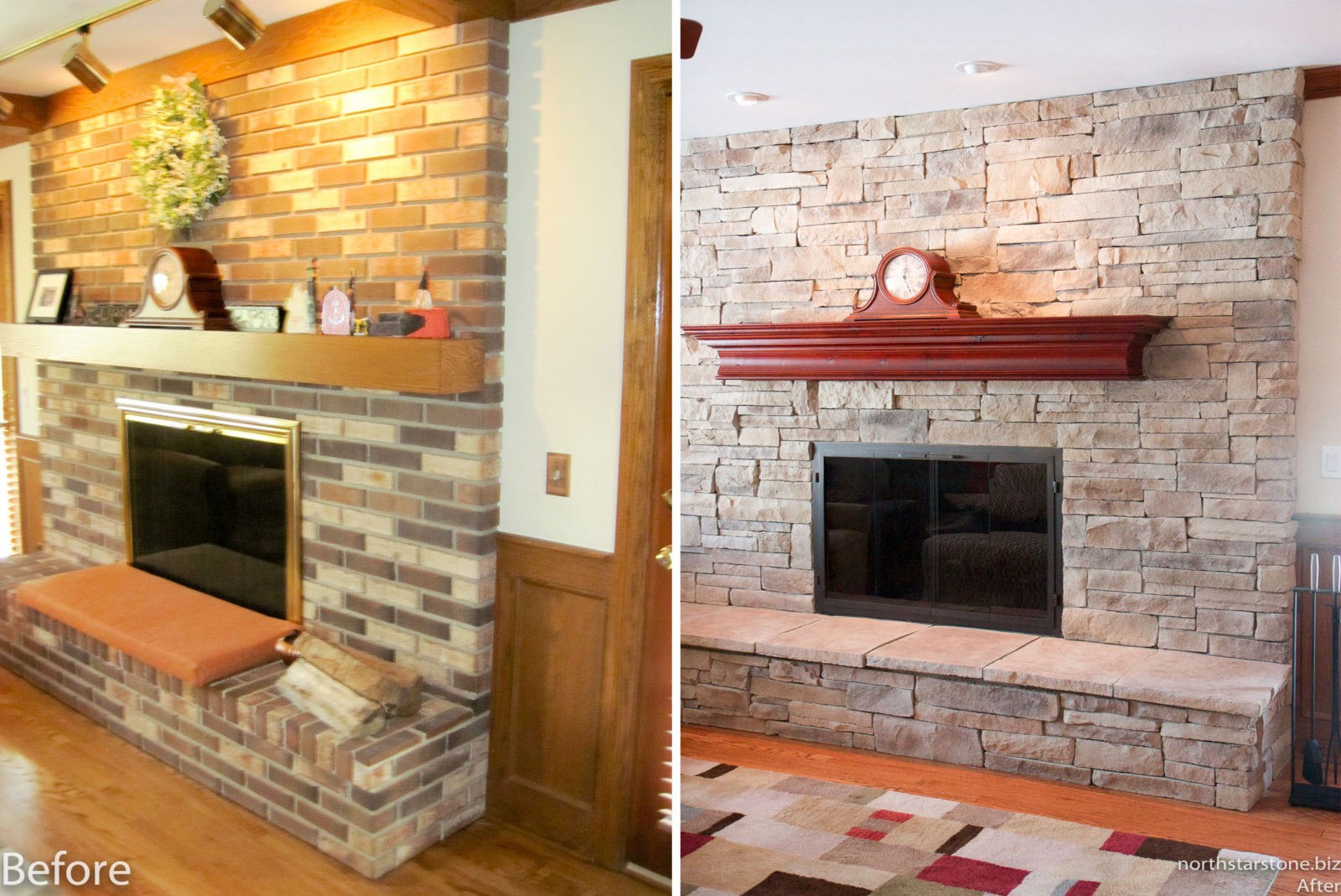
Enhancing the Aesthetics of Your Home with a Stone Fireplace
Creating a Focal Point: A stone fireplace instantly becomes the centerpiece of any room, drawing attention and adding a touch of grandeur. It can serve as a design focal point, complementing the surrounding decor and creating a warm and inviting atmosphere.
Texture and Depth: The natural textures and patterns found in stone can add depth and visual interest to your fireplace design. From smooth and sleek to rough and rustic, the texture of the stone can enhance the overall aesthetic appeal of your space.
Customization Possibilities: Stone allows for customization through various shapes, sizes, and patterns. Incorporate unique design elements such as arches, mantels, or hearth details to make your stone fireplace truly one-of-a-kind.
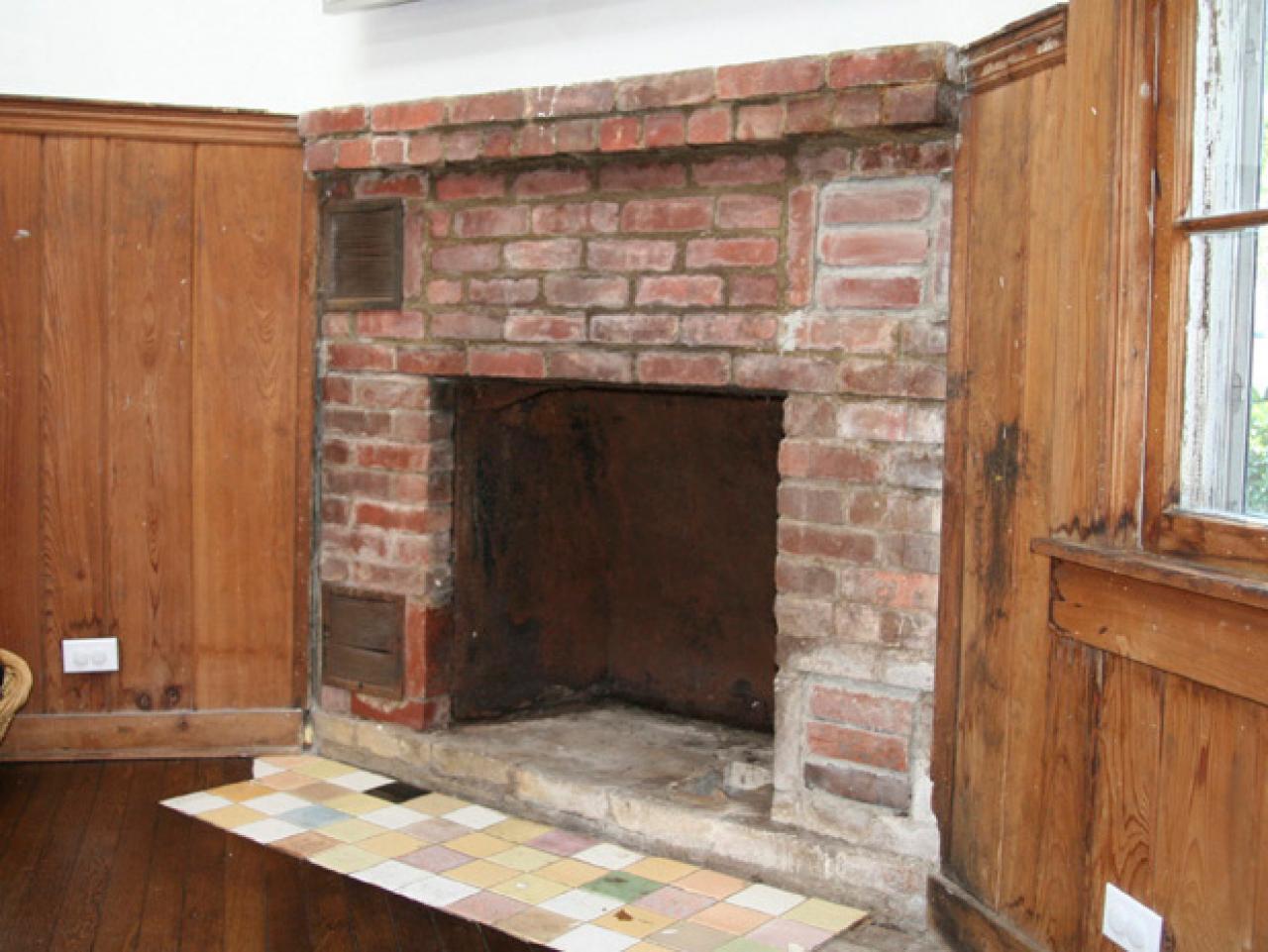
The Cost and Return on Investment
Cost Factors: The cost of replacing a brick fireplace with stone can vary depending on factors such as the type of stone chosen, labor costs, and the complexity of the installation. It is advisable to obtain multiple quotes from reputable contractors to ensure a fair price.
Return on Investment: Upgrading your fireplace with stone can significantly increase the value and appeal of your home. A beautifully crafted stone fireplace can be a selling point when it comes to resale, making it a worthwhile investment in the long run.
Replacing a brick fireplace with stone offers numerous benefits, including enhanced visual appeal, versatile design options, increased durability, and the opportunity to customize your space. By carefully selecting the right stone, following a step-by-step installation process, and considering the aesthetic enhancements and financial aspects, you can transform your fireplace into a stunning focal point that adds value and beauty to your home. So go ahead, ignite your creativity, and embark on this exciting fireplace transformation journey.
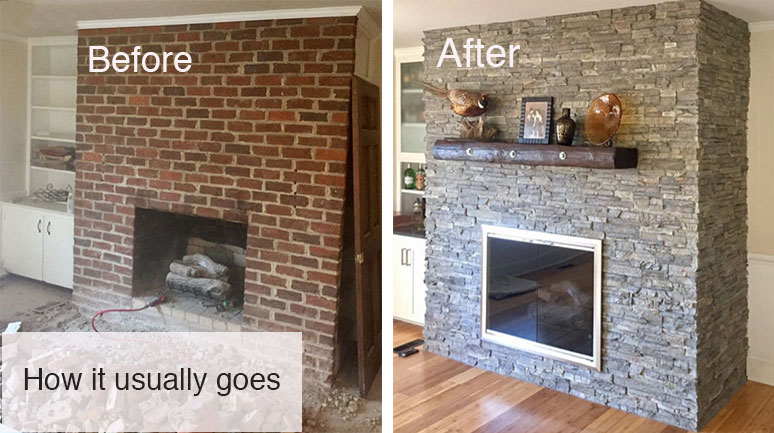
Install Stone veneers over old brick fireplace DIY

Stone Veneer Fireplace Makeover Our client wanted to update his

Transforming a Brick Fireplace to Stone
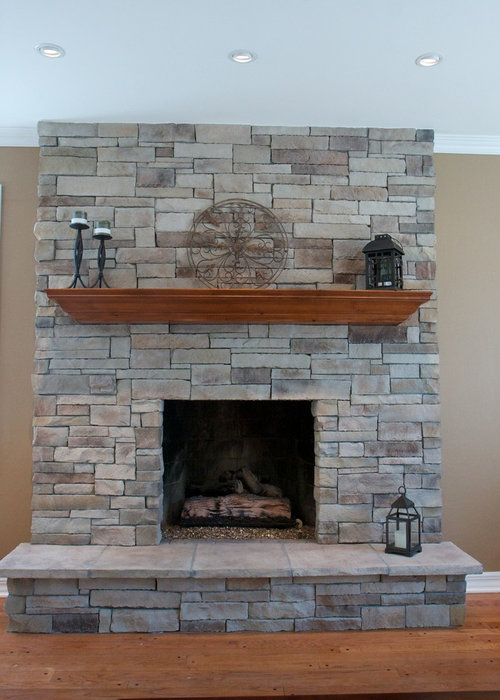
How to Cover a Brick Fireplace With Stone HGTV

How to DIY a Stacked Stone Feature Over Existing Brick
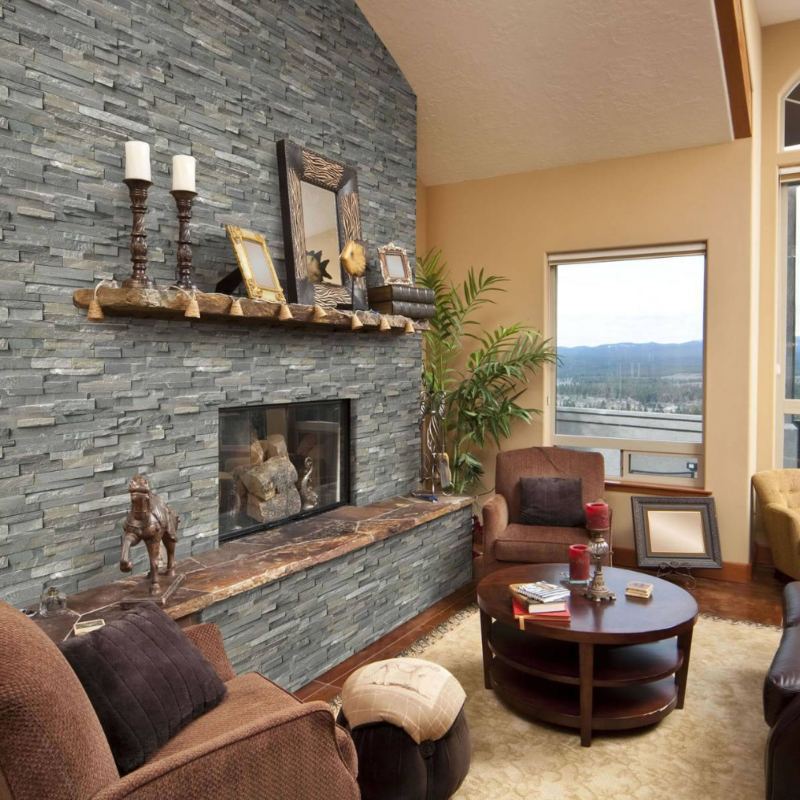 Related Posts:
Related Posts: